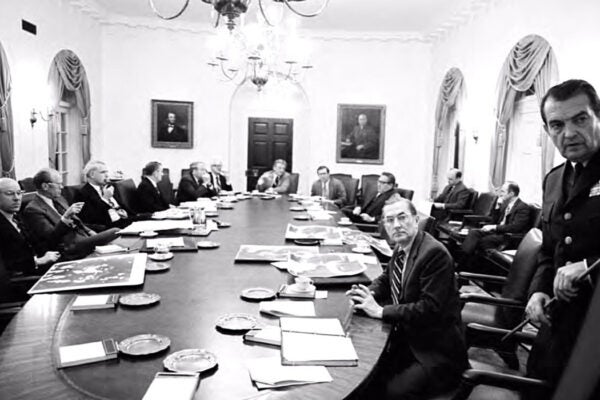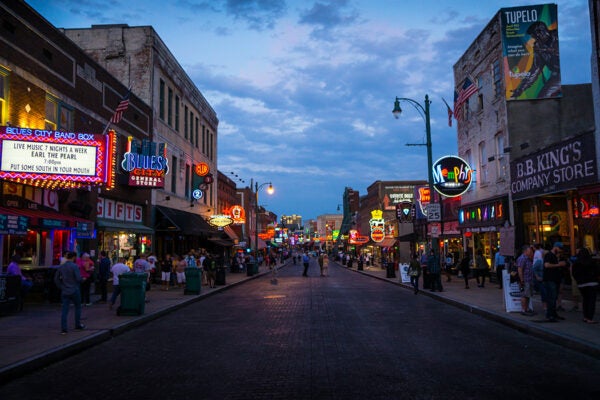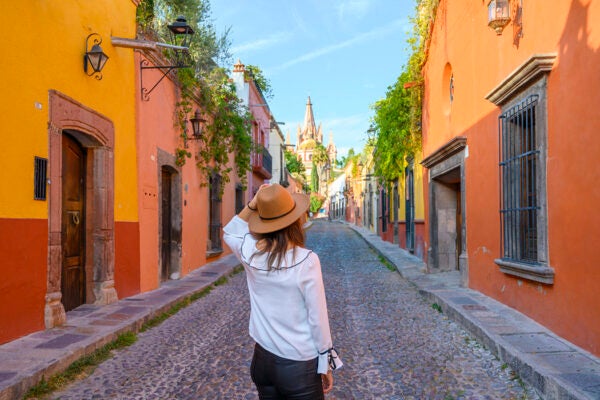There exist several origin stories as to the beginning of lowriding as a practice and expression lived out along the numerous urban and rural streets of cities throughout the United States and beyond. Some researchers link lowriding back to the elegant and self-affirming Chicano zoot suit style and cultural expression of the 1940s. Others go further back and attribute lowriding to the pomp and circumstance surrounding La Charreada [Mexican rodeo] symbolized by a procession of adorned horseback riders accompanied by their elegant horses on public display for all to admire.
My research has revealed that lowriding flourished in the southern California region—post WWII—and represents part of a larger movement characterized by individualized expression via car customization where returning veterans had more expendable income to personalize and modify their vehicles in unique ways. Furthermore, the burgeoning of freeways and the creation of a massive and elaborate interstate highway system affirmed the importance and popularity of the automobile. Within the dominant mainstream culture, the practice of car modifications was embodied in high performance muscle cars best characterized as hotrods that are described as fast and mean. In contrast, Chicano car enthusiasts modified and customized their vehicle with a unique cultural aesthetic that honored ingenuity where vehicles came to be understood as artistic canvases on wheels and where the practice of car cruising down the boulevard brought forward a low and slow attitude bringing forth the creation of stylized and customized vehicles that shaped Chicana and Chicano culture.
The arrival of ethnic studies to higher education during the late 1960s challenged our understanding and recognition regarding the value and significance of archival collections. Soon after the Civil Rights Act of 1964 and Voting Rights Act of 1965, we witnessed the first cohorts of people of color in higher education who sought answers to questions that would empower their communities guided by their histories and stories. It quickly became clear that such stories and histories were absent in higher education. Acts of preservation through archival collections privileged the victor, not the vanquished nor the marginalized. Such communities were considered insignificant and a people without a history. This reality led to a demand for curricula and histories that reflected marginalized and communities of color guided by a “Black (or brown) is beautiful” aesthetic guiding self-affirmation and self-love.
Furthermore, a value of reciprocity emerged as students of color who for the first time in history were admitted into universities recognized their privileged location and were guided by a collective vision of “giving back” and “lifting as we climb” the peers and families who they had left behind. Hence, a community and street pedagogy emerged that emphasized relevant education to help those in cities represented by these students and their commitment and obligation to provide their communities with relevant knowledge with the goal of transforming and empowering them.
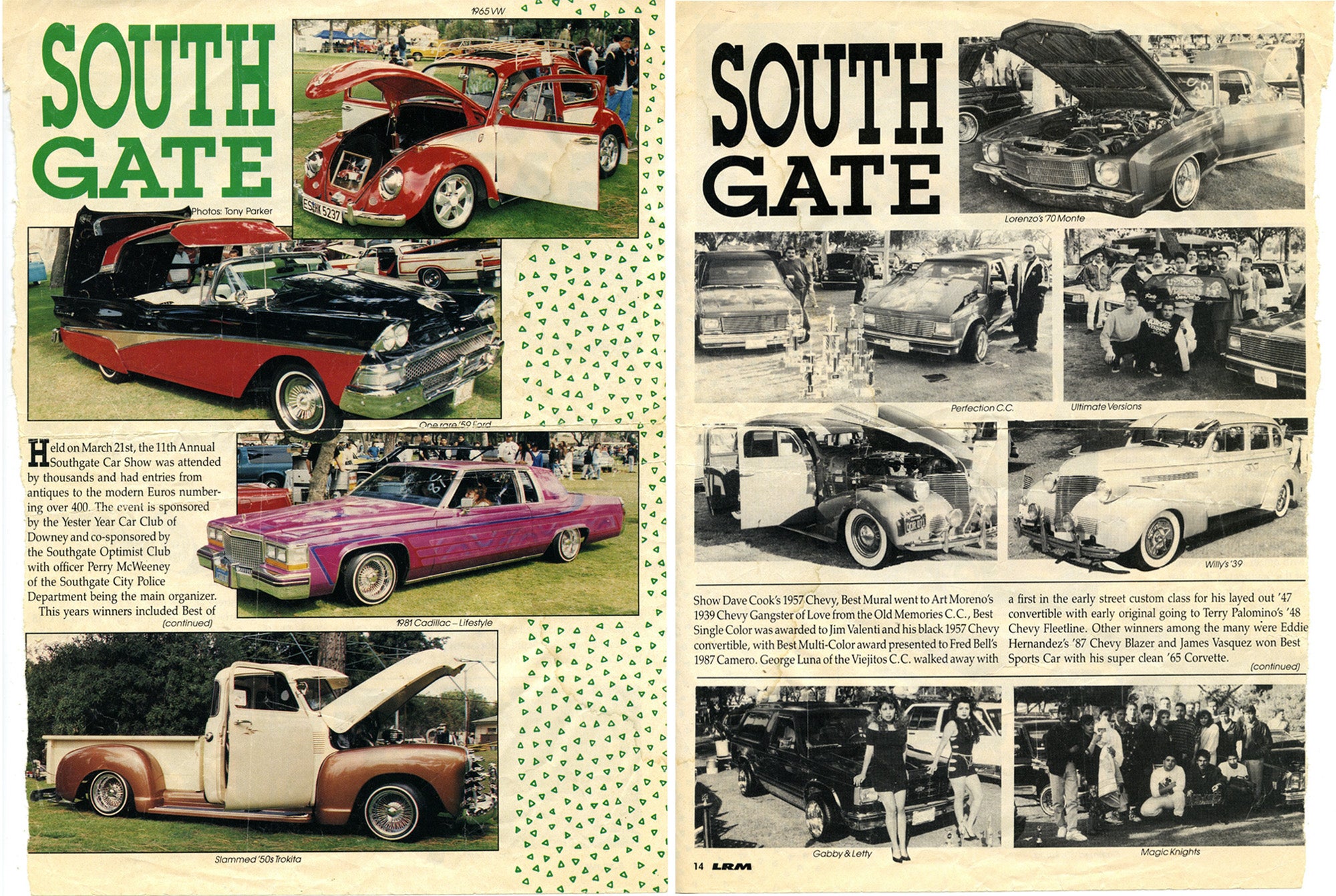
It became clear that our stories were not the ones that populated archival collections and perspectives. We were literally absent or invisible in such documents that created knowledge that sent out a loud message from the academy that we were insignificant and unworthy of collecting and preserving. The new emerging pedagogy led to a major theoretical shift where ethnic studies scholars launched their critical analysis grounded in epistemological challenges that sought to correct such erasures. It is within this academic context that our Lowrider Digital Archive came into existence. The journey began first with video documentation, then written documentation, and eventually digital archival documentation.
Around 2012, I was approached by Rigoberto Reyes who was the founder of Amigos Car Club in San Diego and had been part of the lowrider scene his entire life. He brought forth a sense of urgency asking if I might be interested in supporting a documentary that would tell the history of lowriding in the borderlands of San Diego and Tijuana. As an academic who is committed to relevant and community pedagogy, I have worked with Rigo on several community projects that included my students from the University of San Diego USD) in an attempt to teach them the values of relevant education and reciprocity by working with local communities of color.

From the outset, Rigo’s vision was clear: “We have to tell our story—otherwise it would be ignored or, if it is told, it might be told by people who are not from our communities.”
We invited Kelly Whalen to our team, and we put together a documentary entitled “Everything Comes from the Streets.” We were invited to numerous film festivals in the United States and Paris, France. The film won two awards. In retrospect, we honored Rigo’s vision of a lowrider epistemology that came from the community as implied in our title that underscores a “street knowledge” absent from the hall and archives of higher learning. There was no collection or website where we could draw from to tell our story. As Rigo emphasized, the stories were in the people who lived lowriding: they possessed the values, the spirit, and the wisdom. Once they were gone their stories would go with them.
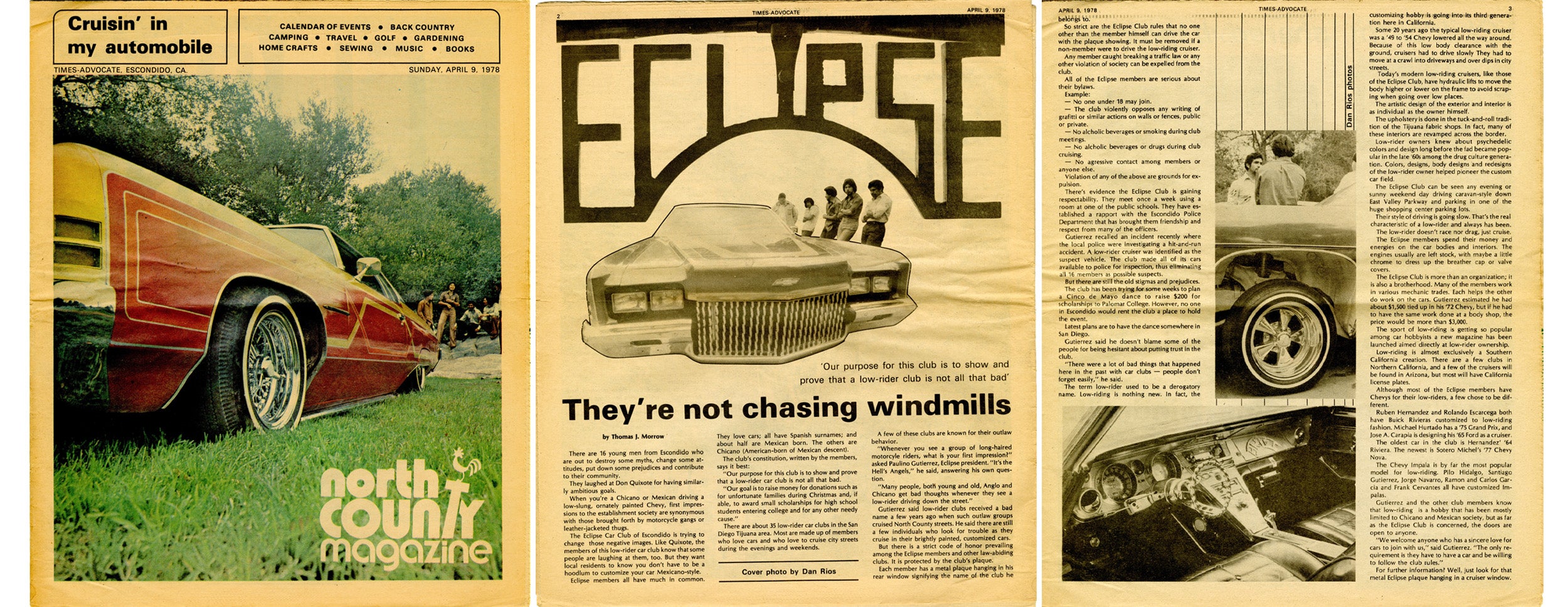
Soon after, we were contacted by a commercial press to ask if we might be interested in putting together a book on lowriding as an accompaniment to our successful film. Rigoberto and I embarked on a methodology to collect additional stories and images regarding lowrider history of the region to build and expand on the documentary. Being mindful of the dearth of lowrider history and documentation, we launched our book project using an oral history approach inviting in car clubs that had not been covered in our documentary but yet had an important story to tell. We systematically collected stories and in addition asked each club to bring their photographs to collect and scan for our book. The final product would become the 2017 San Diego Lowriders: A History of Cars and Cruising. The book has been very popular and purchased extensively by the community for whom it was intended. As a result of having collected a large number of oral histories and the personal photos of both historic and active lowrider car clubs from the borderland region of San Diego/Tijuana, we were approached by the Archives, Special Collections, and Digital Initiatives department of Copley Library at the University of San Diego.

Amada Makula, Associate Professor and Digital Initiatives Librarian at the University of San Diego, is a major advocate for open access via libraries within universities, and she is responsible for managing USD’s institutional repository, Digital USD, at Copley Library. The mission of Digital USD is to preserve and provide open online access to the scholarly and archival materials produced by or affiliated with the University of San Diego community. It is guided by the principles of strengthening and anchoring university-community relations; providing guidance and resources for engaged scholarship; and supporting access, inclusion, and commitment to social change.
Weekly Newsletter
The San Diego Lowrider Archival Project (SDLAP) began with a vision of recognizing the value of stories and histories that had been deemed insignificant within institutions of higher learning. SDLAP documents the history of lowriding in San Diego and the surrounding borderlands beginning in the 1950s through the contemporary period. The SDLAP is best described as a collaborative, interdisciplinary endeavor between the University of San Diego and the local San Diego lowrider community. Its goal is to recover and document the history of lowriding in San Diego and the surrounding borderlands by preserving and showcasing photographs, official car club records, meeting minutes, dance posters and lowrider art. Embedded within this collection are the qualities of lowriding such as creativity, cultural pride, resistance, activism, community service, collectivism, tradition and ritual, and intergenerational cultural continuity. It is an active collection that is always adding new materials shared by and with members of the active lowrider community.
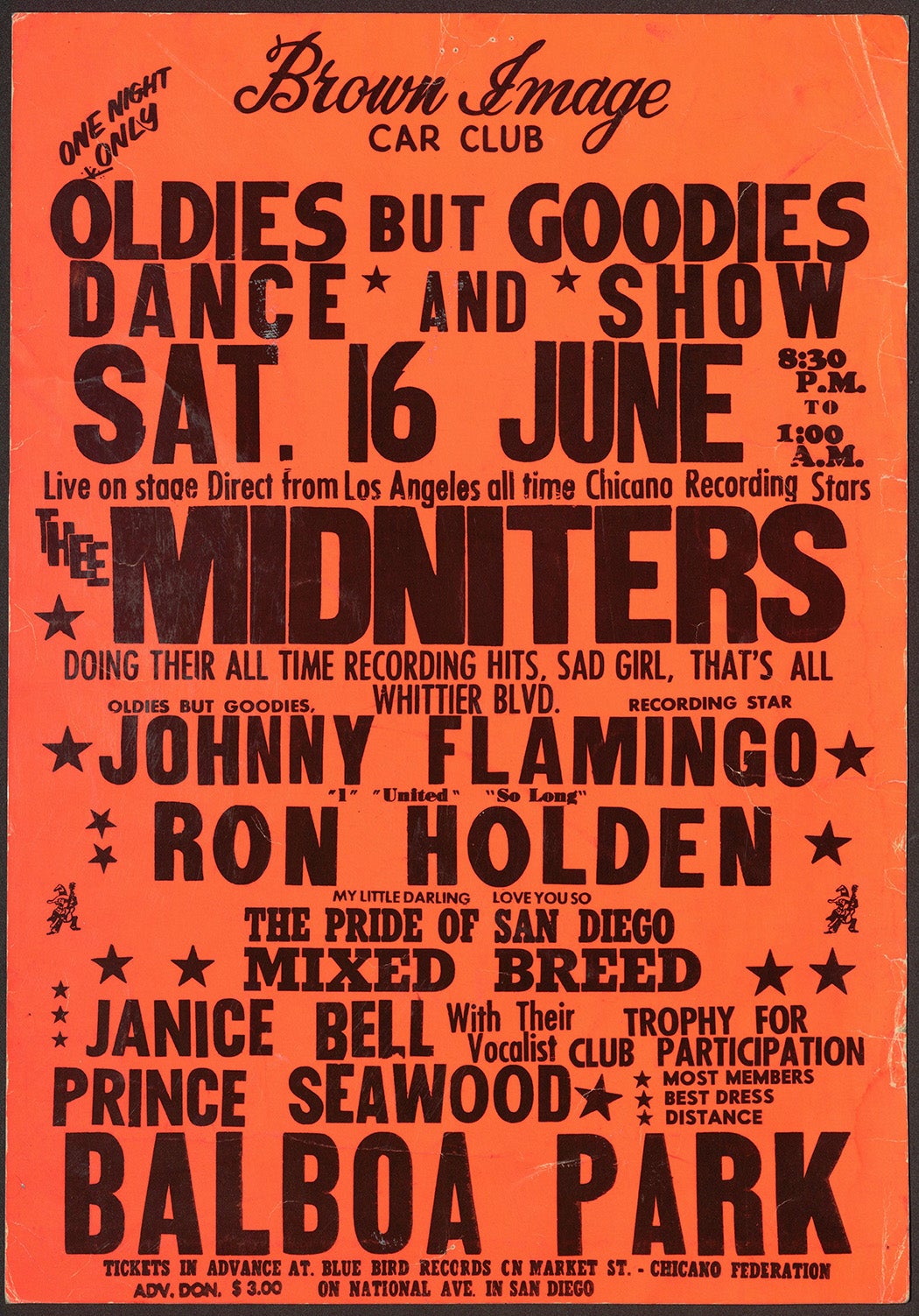
One of the important characteristics of this collection is its digital format that attracts visitors from throughout the world. It is free of charge and images are available to download at no cost. I believe some next steps in enhancing our collection would be to seek out additional contributions from the lowrider community and to create a yearly workshop where we could invite members of the lowrider community to speak about their lifestyle and through the process utilize our collection. Finally, lowriding is a very material expression that requires the building and customization of vehicles. Our collection would be strengthened by collecting vehicle parts that tell the story and history of lowriding (such as hydraulic systems, painting equipment, upholstery patterns, etc.) and that can be documented via images or short videos that educate about the car part of practice and its deeper significance as told by the members of the lowrider community. Low and Slow is the only way to go!
Support JSTOR Daily! Join our membership program on Patreon today.












